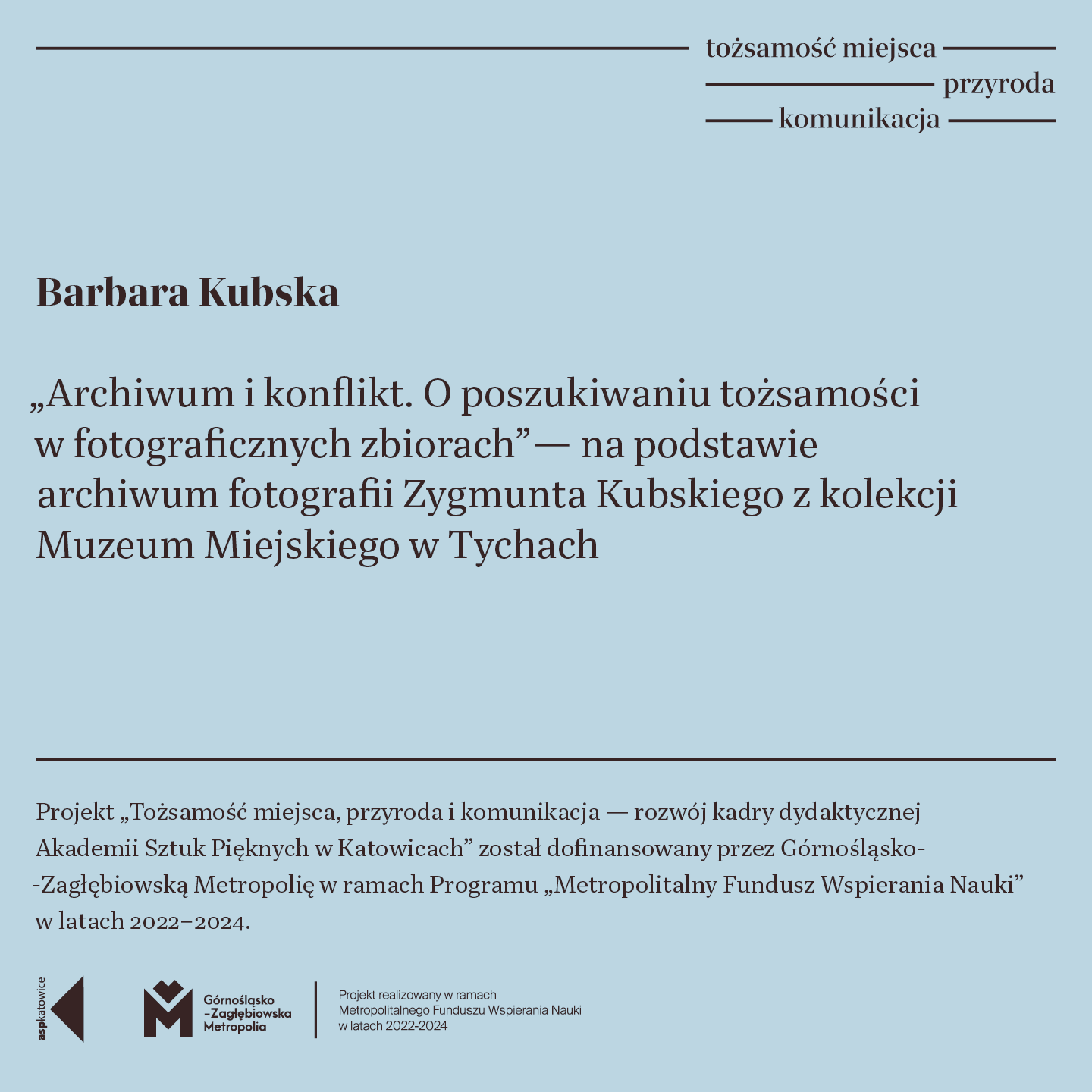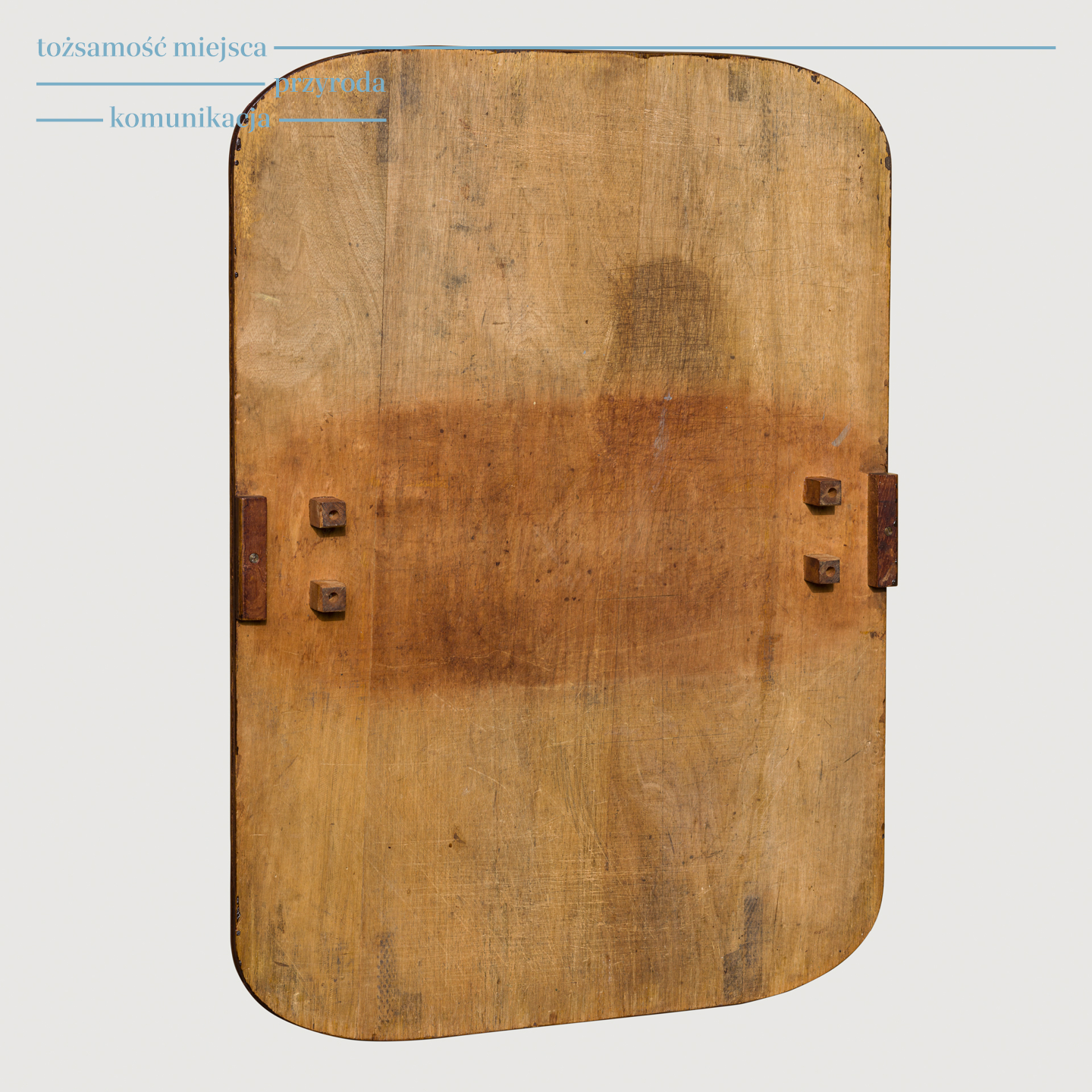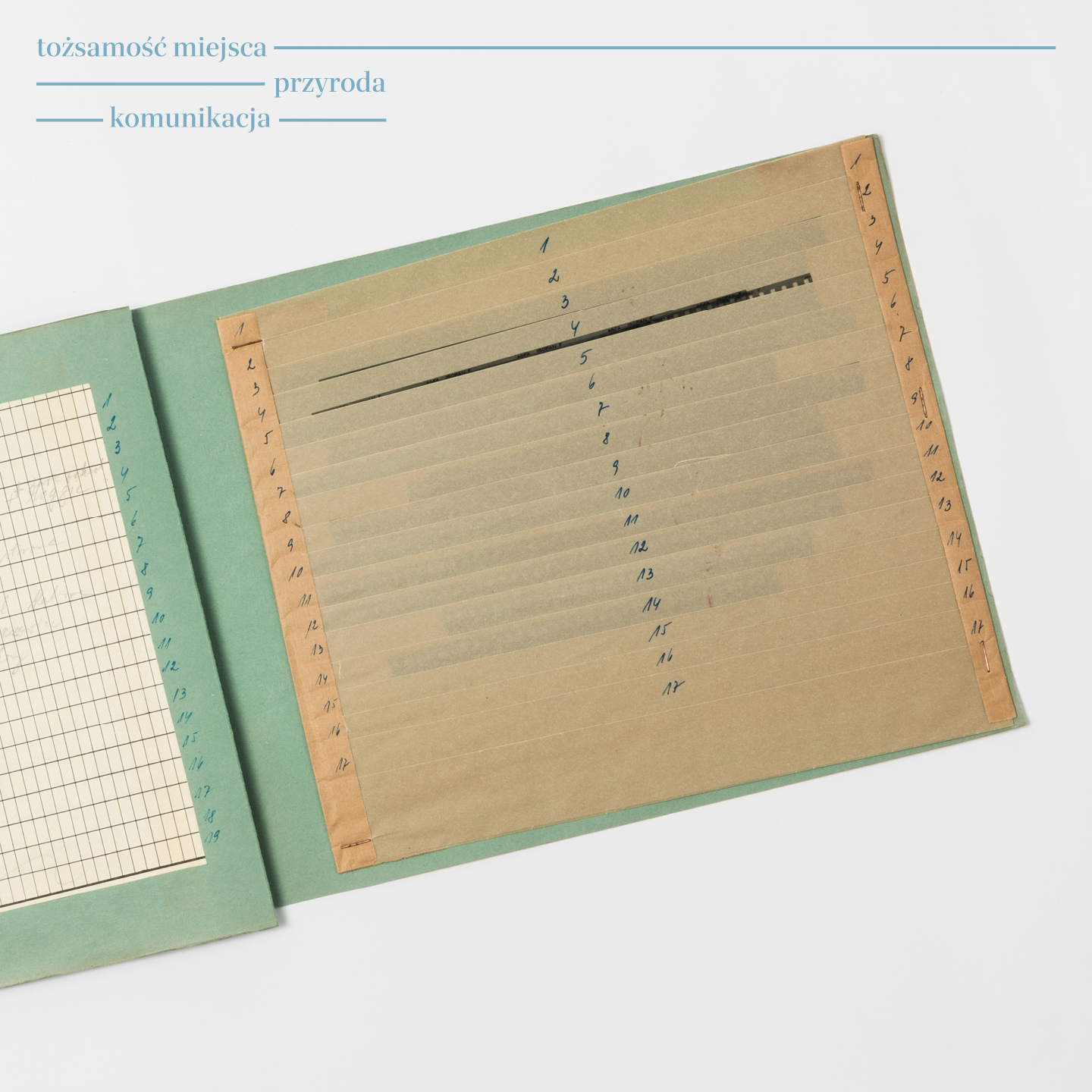EN
Barbara Kubska has been awarded a KPO for Culture scholarship in 2024. Thanks to the five-month scholarship, she carried out the project ‘New technologies in artistic activities – critical work from the photographic archive of Zygmunt Kubski’. As part of the project, she worked on an installation that was part of her doctoral thesis and participated in training courses, including on Arduino and AI technologies.
Barbara Kubska has been awarded a KPO for Culture scholarship in 2024. Thanks to the five-month scholarship, she carried out the project ‘New technologies in artistic activities – critical work from the photographic archive of Zygmunt Kubski’. As part of the project, she worked on an installation that was part of her doctoral thesis and participated in training courses, including on Arduino and AI technologies.
Funded by the European Union within the framework of NextGenerationEU
PL
Barbara Kubska została stypendystką KPO dla Kultury w 2024 roku. Dzięki pięciomiesięcznemu stypendium realizowała projekt „Nowe technologie w działaniach artystycznych – praca krytyczna z archiwum fotografii Zygmunta Kubskiego". W ramach projektu pracowała nad instalacją będącą częścią pracy doktorskiej oraz uczestniczyła w szkoleniach, min. z zakresu technologii Arduino i AI.
Barbara Kubska została stypendystką KPO dla Kultury w 2024 roku. Dzięki pięciomiesięcznemu stypendium realizowała projekt „Nowe technologie w działaniach artystycznych – praca krytyczna z archiwum fotografii Zygmunta Kubskiego". W ramach projektu pracowała nad instalacją będącą częścią pracy doktorskiej oraz uczestniczyła w szkoleniach, min. z zakresu technologii Arduino i AI.
EN
Barbara Kubska engages in research into contemporary perceptions of Zygmunt Kubski's photography, combining the personal perspective with the context of the times in which they were created. This work is done as part of her doctoral thesis entitled Archiwum i konflikt — o poszukiwaniu tożsamości w fotograficznych zbiorach [Archive and conflict - on the search for identity in photographic collections], on which she is currently working. Her approach integrates methods derived from autoethnography and artistic research, which allows her to combine the language of text and image.
Barbara Kubska engages in research into contemporary perceptions of Zygmunt Kubski's photography, combining the personal perspective with the context of the times in which they were created. This work is done as part of her doctoral thesis entitled Archiwum i konflikt — o poszukiwaniu tożsamości w fotograficznych zbiorach [Archive and conflict - on the search for identity in photographic collections], on which she is currently working. Her approach integrates methods derived from autoethnography and artistic research, which allows her to combine the language of text and image.
In the early 1950s, my grandfather, Zygmunt Kubski, arrives in Tychy from Szczecin following a period of post-war turmoil. He finds employment at the Municipal Construction Company, where one his jobs is to provide photographic documentation of the then cutting-edge technologies. Off duty, he takes photographs of the city's architecture and everyday life. He leaves behind an extensive archive that chronicles the construction of Nowe Tychy from 1954 to 1988.
As part of my own work, I approach Zygmunt Kubski's photo archive in two ways. My personal relationship to the author and his creations leads me along the path of affection. I follow those close to me and the images that stir up particular emotions. I also look beyond the main narrative to include what is marginal and, for what is well known, to seek a new perspective – a context that challenges the hitherto familiar patterns. What interests me are the strands of alternative history. What I find important is to consider the past as a diverse set of abandoned scenarios and an open potential for designing contemporary relationships. Using illustrations from photography textbooks that my grandfather had studied I seek to find new contexts. I piece together obscure images trying to mould these jumbled representations into ideas about the reality of those times.
The research is carried out within the framework of the project “Place Identity, Nature and Communication – Development of Teaching Staff of the Academy of Fine Arts and Design in Katowice” and was co-financed by the Metropolis GZM under the “Metropolitan Science Support Fund” Programme in the years 2022–2024.
The research is carried out within the framework of the project “Place Identity, Nature and Communication – Development of Teaching Staff of the Academy of Fine Arts and Design in Katowice” and was co-financed by the Metropolis GZM under the “Metropolitan Science Support Fund” Programme in the years 2022–2024.
PL
Barbara Kubska prowadzi prace badawcze dotyczące współczesnego odbioru zdjęć Zygmunta Kubskiego, łącząc pryzmat osobisty z kontekstem czasów, w których powstawały. Prace te są częścią działań związanych z pracą doktorską o tytule Archiwum i konflikt — o poszukiwaniu tożsamości w fotograficznych zbiorach, nad którą pracuje. Posługuje się metodami zaczerpniętymi z autoetnografii; działa w duchu artistic research, co pozwala jej łączyć język tekstu i obrazu.
Barbara Kubska prowadzi prace badawcze dotyczące współczesnego odbioru zdjęć Zygmunta Kubskiego, łącząc pryzmat osobisty z kontekstem czasów, w których powstawały. Prace te są częścią działań związanych z pracą doktorską o tytule Archiwum i konflikt — o poszukiwaniu tożsamości w fotograficznych zbiorach, nad którą pracuje. Posługuje się metodami zaczerpniętymi z autoetnografii; działa w duchu artistic research, co pozwala jej łączyć język tekstu i obrazu.
Na początku lat pięćdziesiątych xx w., mój dziadek, Zygmunt Kubski, po okresie powojennej zawieruchy, przyjeżdża ze Szczecina do Tychów. Tam podejmuje pracę w Przedsiębiorstwie Budownictwa Miejskiego. Jednym z jego zadań jest dokumentacja fotograficzna nowoczesnych wówczas rozwiązań technologicznych. Poza godzinami pracy fotografuje architekturę i życie miasta. Zostawia po sobie obszerne archiwum, będące kroniką budowy Nowych Tychów z lat 1954–1988.
W mojej praktyce przyglądam się archiwum zdjęć Zygmunta Kubskiego w dwojaki sposób. Mój osobisty stosunek do autora i jego wytworów prowadzi mnie drogą afektu. Podążam za bliskimi mi bohaterami, za obrazami, które budzą szczególne emocje. Poszukuję też poza główną narracją – włączam w nią to, co marginalne, a dla tego co dobrze znane, szukam nowej perspektywy – kontekstu, który podważa dotychczas znane mi porządki. Interesują mnie wątki historii alternatywnej. Istotne jest dla mnie myślenie o przeszłości jako różnorodnym zbiorze zaniechanych scenariuszy i otwartym potencjale projektowania współczesnych relacji. Szukam nowych kontekstów, używam ilustracji z podręczników do nauki fotografii, z których korzystał dziadek. Zestawiam ze sobą niejasne obrazy. Z pomocą tych wymieszanych przedstawień próbuję tworzyć wyobrażenia o rzeczywistości tamtych czasów.
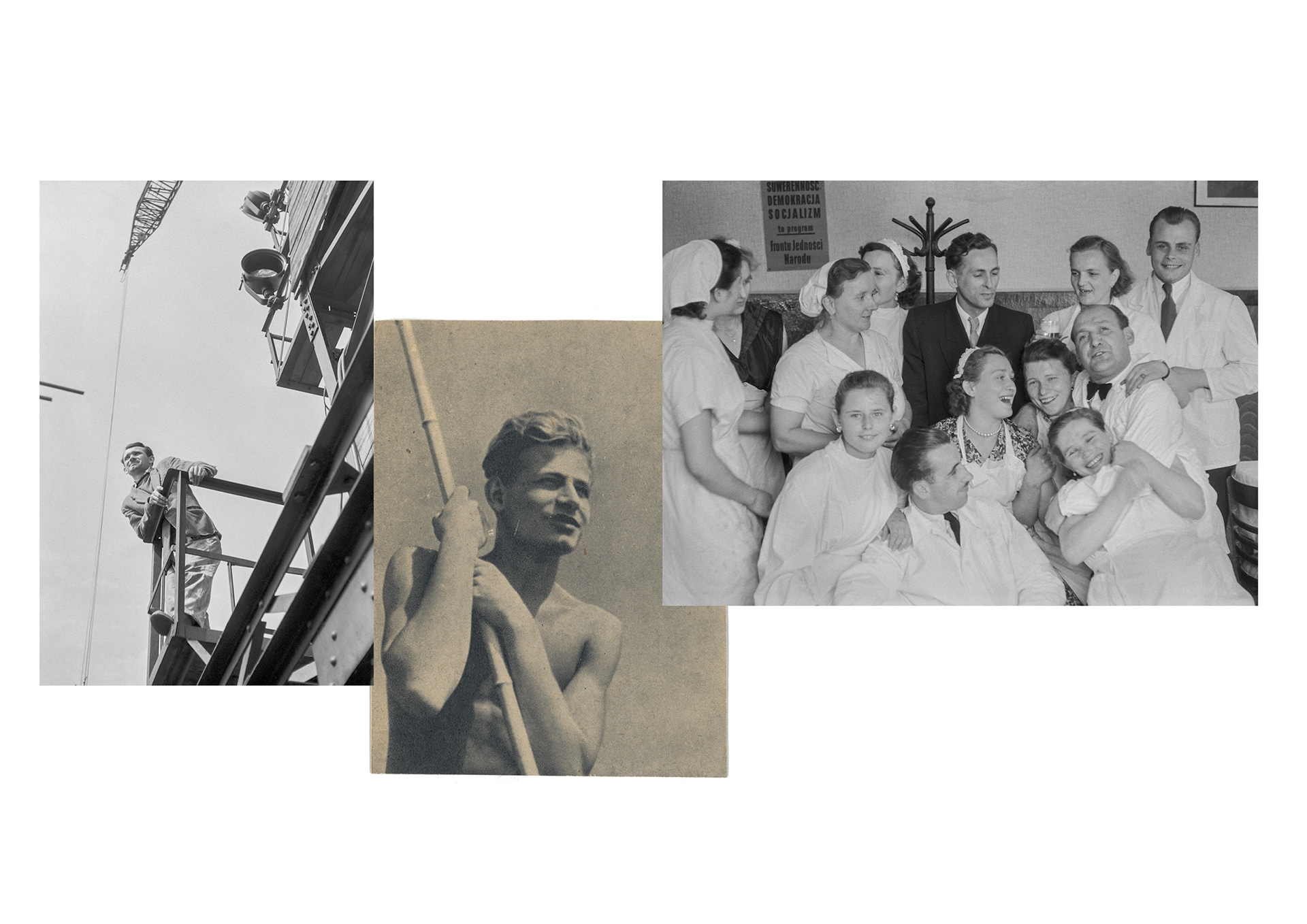
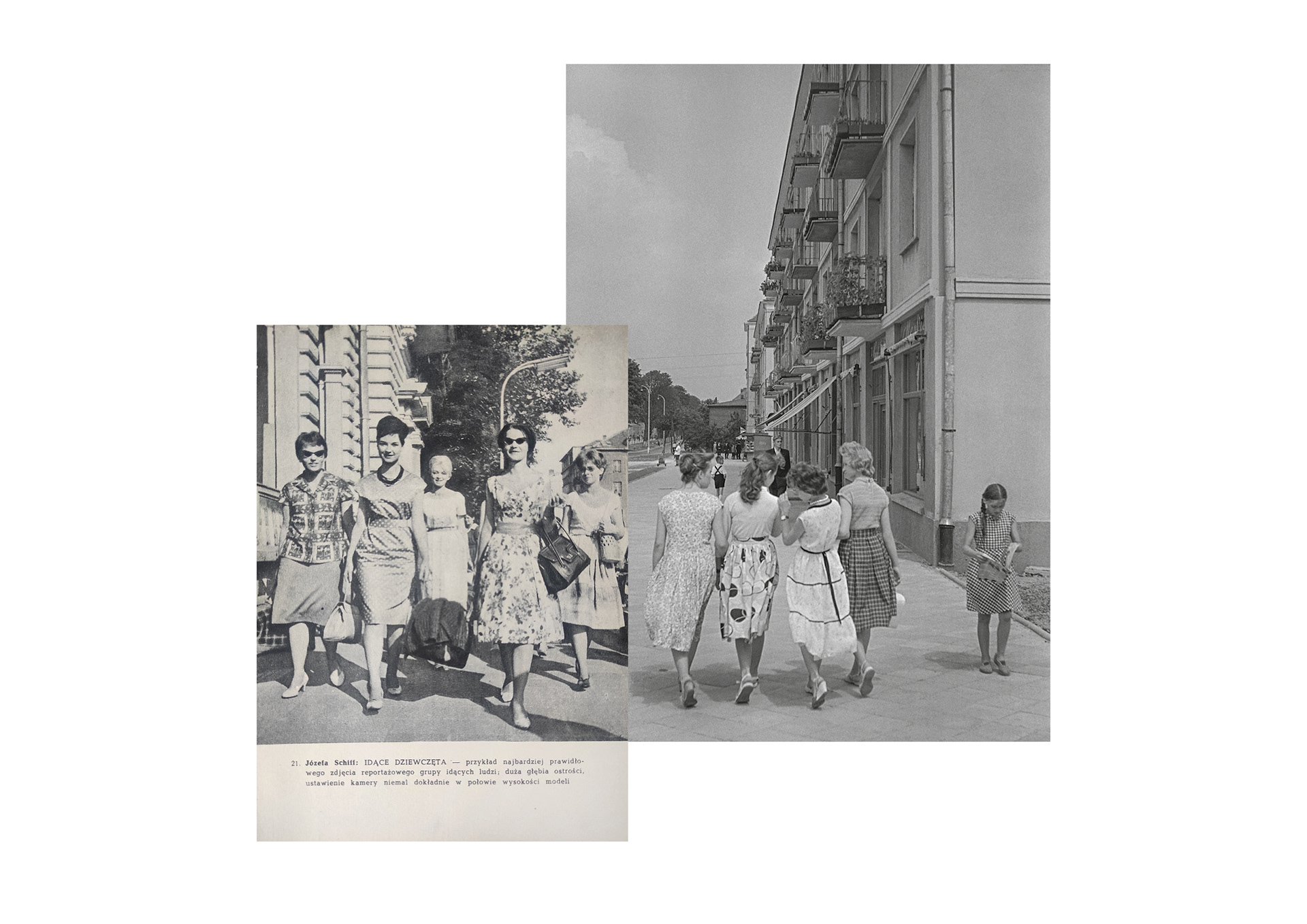
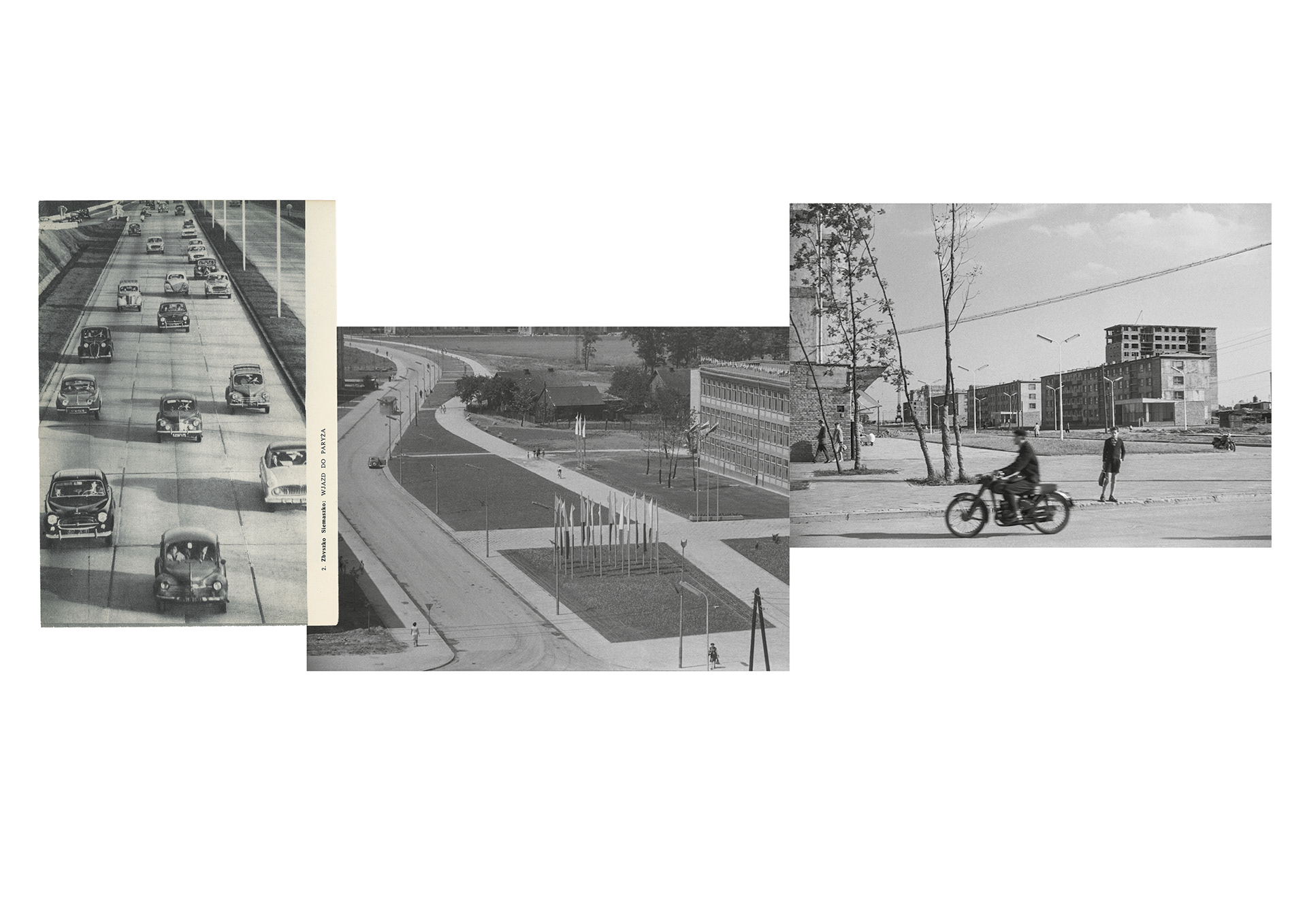
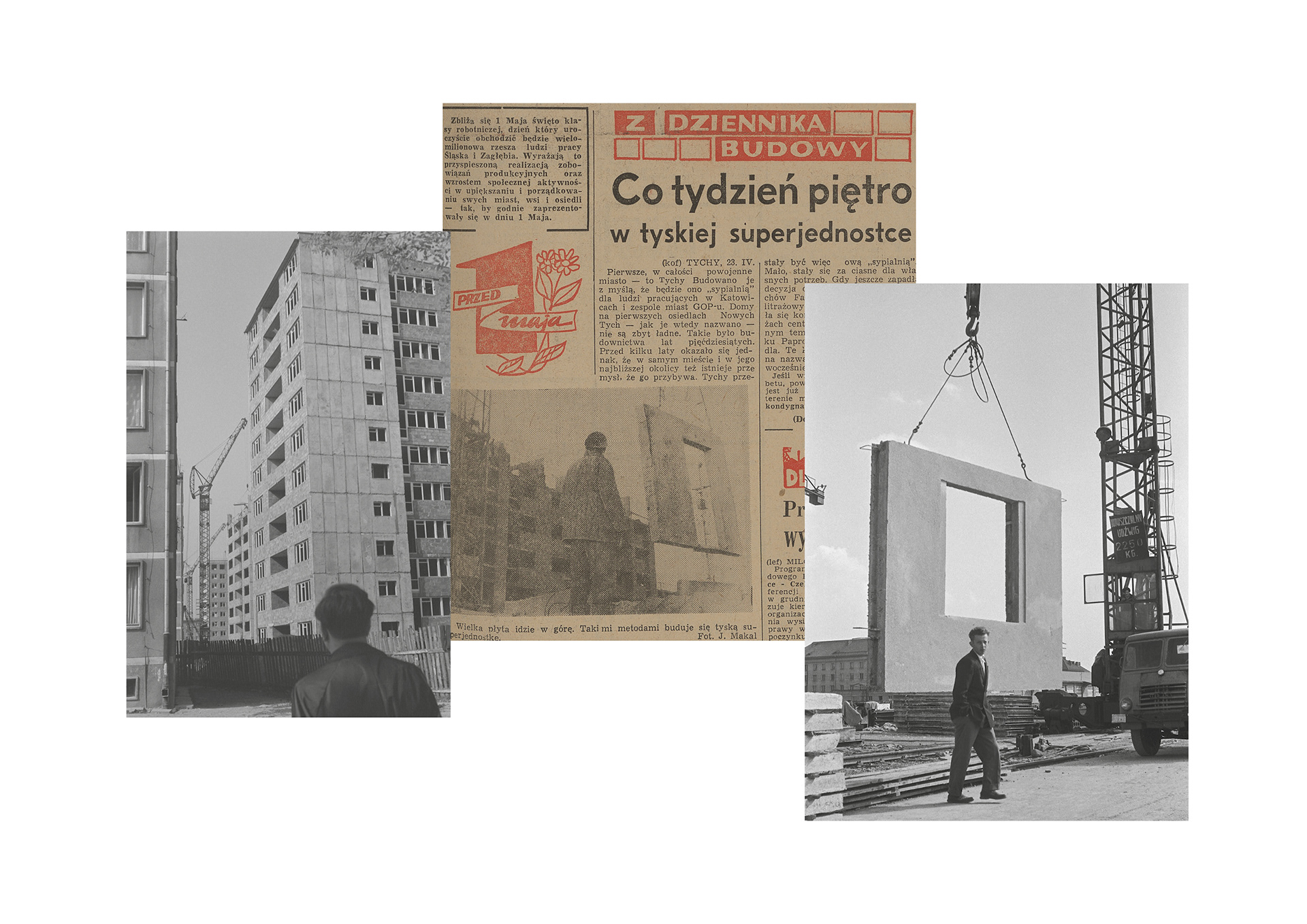
Badania odbywają w ramach projektu „Tożsamość miejsca, przyroda i komunikacja – rozwój kadry dydaktycznej Akademii Sztuk Pięknych w Katowicach” i zostały dofinansowane przez Górnośląsko-Zagłębiowską Metropolię w ramach Programu „Metropolitalny Fundusz Wspierania Nauki” w latach 2022–2024.
